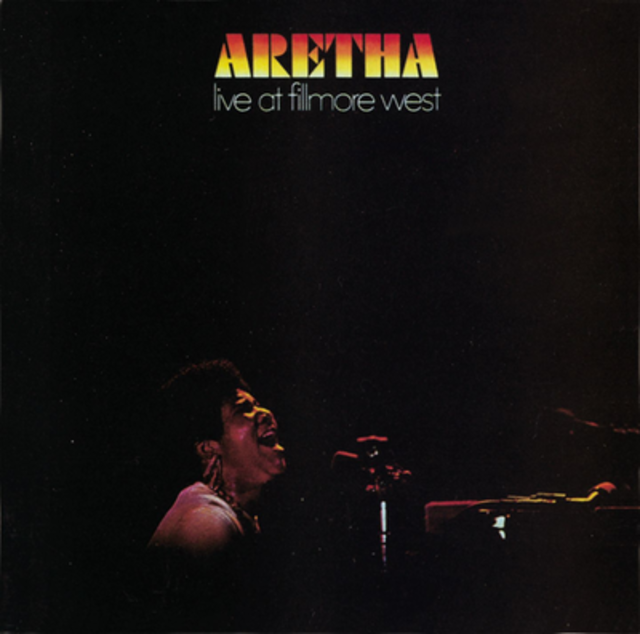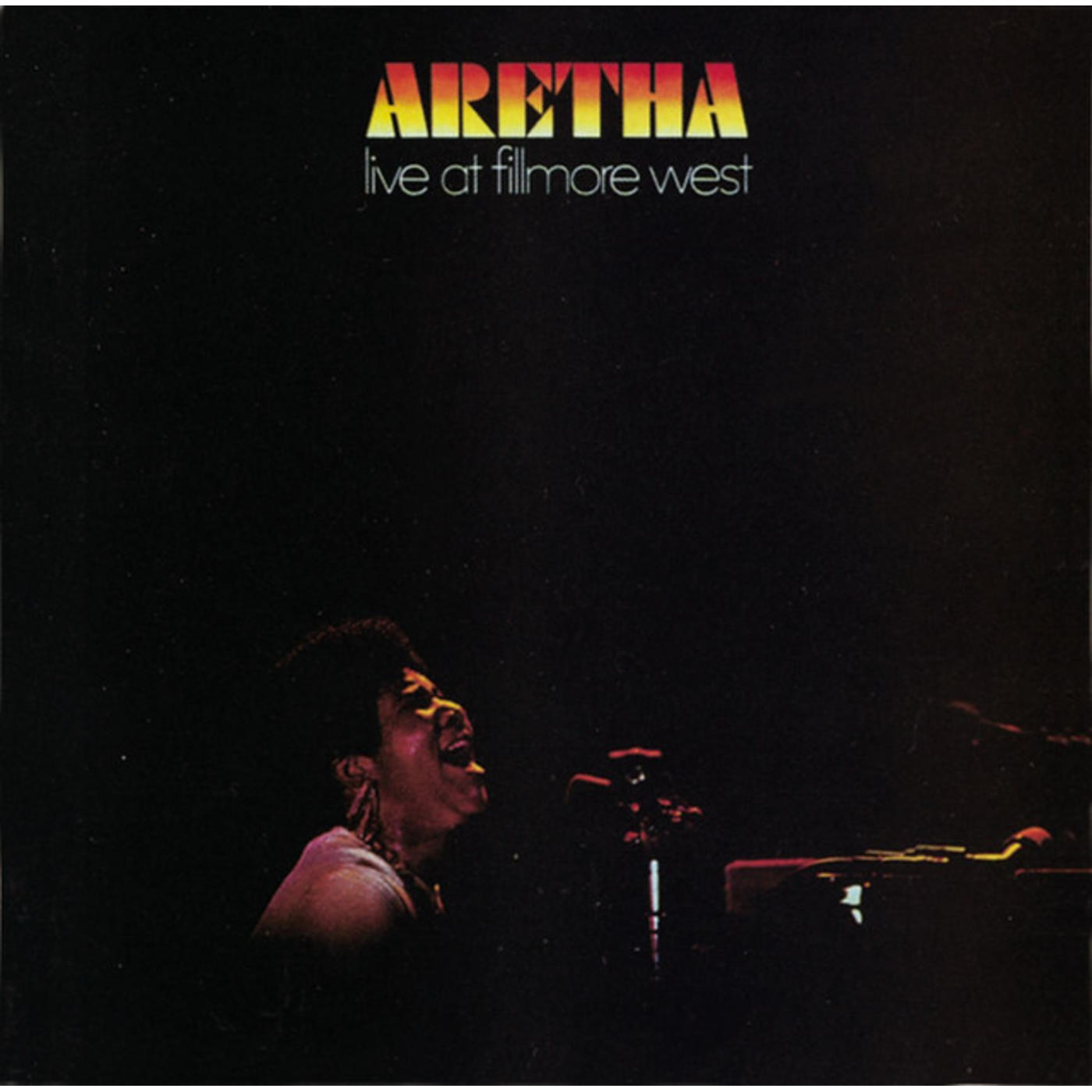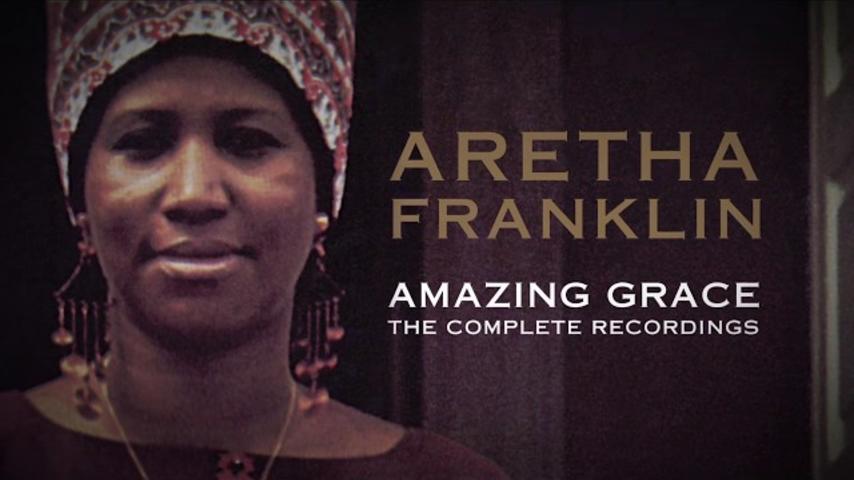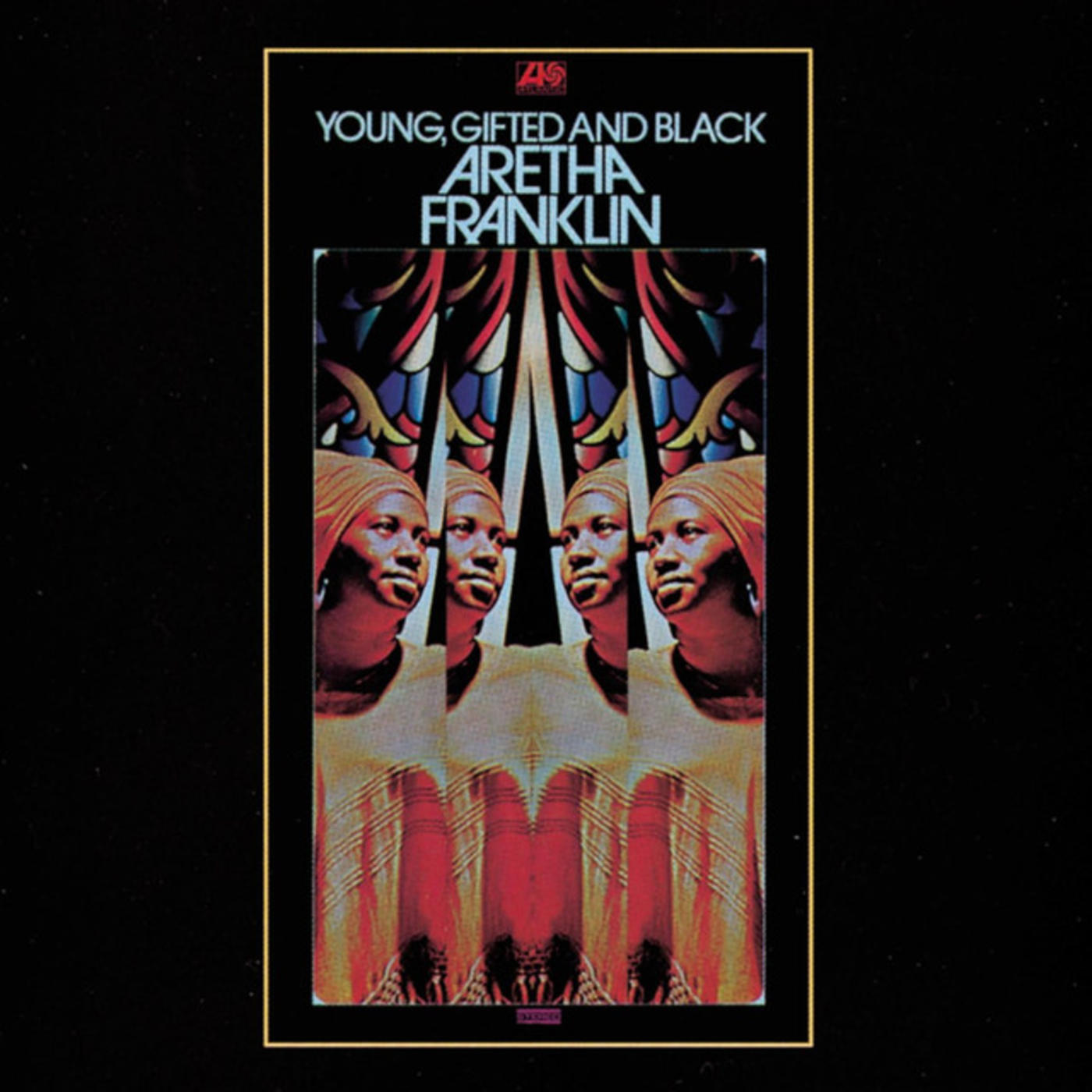Aretha Franklin, Live at the Fillmore West

45 years ago today, the Queen of Soul released the second live album of her career, delivering a performance which demonstrated the diversity of her repertoire and the power of her voice…as if the latter was ever in question.
Culled together from a trio of concerts performed on March 5, 6, and 7, 1971, Live at the Fillmore West was recorded at… Okay, now, don’t look at us like that: not everyone knows where the Fillmore West Concert Hall, all right? So for the record, it’s in San Francisco, and it was one of the venues that helped make Bill Graham into a legend among concert promoters.
The decision to expand Franklin’s set list to exclude more contemporary pop and rock material came at the behest of producer Jerry Wexler, who thought it’d be a good idea to try and reach out to the “hippie” audience in San Francisco. As a result, the world was gifted with performances of Franklin’s interpretations of Stephen Stills’ “Love the One You’re With,” Simon & Garfunkel’s “Bridge Over Troubled Water,” The Beatles’ “Eleanor Rigby,” and Bread’s “Make It with You,” which sit alongside her classic rendition of Otis Redding’s “Respect,” her own compositions “Dr. Feelgood” and “Spirit in the Dark,” the Ben E. King classic “Don’t Play That Song,” and Diana Ross’s “Reach Out and Touch (Somebody’s Hand).”
In 2005, Rhino Handmade issued an expanded version of the album which turned it into a 4-disc affair entitled Don’t Fight the Feeling: The Complete Aretha Franklin & King Curis Live at Fillmore West which, in addition to performances by Curtis and, of course Franklin, also features Billy Preston – who was in Franklin’s band – performing a cover of George Harrison’s “My Sweet Lord.”
In AllMusic.com’s review of the expanded concert, Thom Jurek wrote that the set was “the most dramatic and deeply satisfying of Aretha Franklin's live recordings, and is a historical document that every soul fan should own.” He wasn’t wrong.



